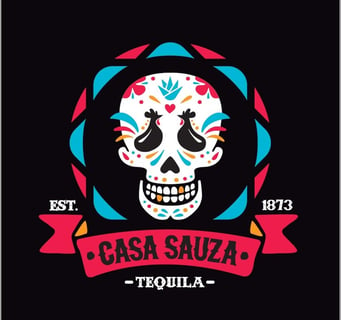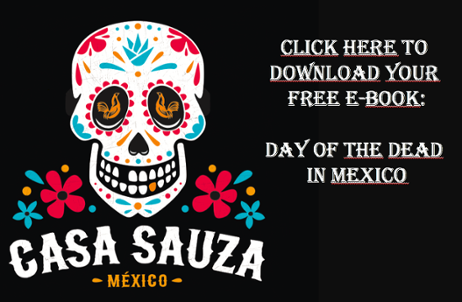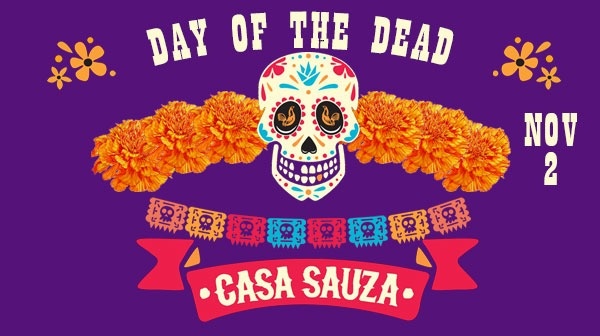I will write about the history of this celebration. It's one of the most significant dates that we celebrate here in Mexico. It's full of happiness but also of sadness, since it's organized to honor those family members that have passed away to a better life.

Celebration days
On the 1st of November we celebrate Día de todos los Santos (All Saints Day)
This event is based more on Catholicism than on pre-hispanic traditions and it celebrates all the Saints that have reached the glory and are with God actually, not only saints, but also those who are listed to be canonized. Here in Mexico it's also known as El día de los angelitos or Day of the Little Angels, since it's said that all the deceased children come a day before the adults do, since their souls are more pure.
On the 2nd of November is the official Dia de los Muertos (Day of the Dead)
It's the day when all the souls of our loved ones that have passed away come to visit us, their families and loved ones. Our ancestors believed that after arriving to Chicunamictlán, the Land of the Dead, there were some difficult stages that their soul would have to go through in order to reach Mictlán, the final resting place.
The Nahua people held this celebration in August and they set up altars in which they placed water, food, and different things that would help the soul of their loved ones get through the 9 different stages that they are supposed to pass. This is how El Dia de los Muertos has been celebrated ever since.
Basic Elements of this Celebration
Where do Catrinas and Calacas come from?
One of the most representative symbols of this day is La Catrina, which is a calaca (skeleton), very different from the ones that you've probably seen. Catrinas are full of color and beauty and they represent Mexico and all its culture. You can find different shapes and colors painted on each one of the Catrinas.
La Catrina was originally created by Jose Guadalupe Posada and was later painted, dressed up and named as such by Diego Rivera on one of his murals. It became an iconic symbol of Mexican culture since it represents death the way Mexicans see it.
El Altar de Muertos (The Offering)
The Ofrendas are an essential part of the Day of the Dead celebrations. The word ofrenda means offering in Spanish. The altares or altars are not made to worship the dead rather, they are meant to be a commemoration of their life here, among the living, since we get to see their pictures, their clothes, and what used to be their favorite food or drinks. They are made to honor their memory and the time they spent on Earth, as well as for their souls to know that they have not been forgotten.
"A typical ofrenda is a simple concept. It consists of a set of items that will identify the person to whom it is dedicated along with a pan de muerto, a traditional sugary pastry adorned with bone and skull shapes made from the same bread, and marigold petals." https://dayofthedead.holiday/traditions/the-ofrenda
There are different types of altars that you can find. They all have different levels, which represent heaven and earth, and all the stages in between. Some have 3 levels and other have as many as 7 levels yet, in every alter, you will find:
- Water: Which represents purity
- Candles: The flame is the light, faith and hope
- Copal or Incense: Cleans and purifies
- Cenpasuchil: A flower that with its bright color, will lead their souls to their home
- Cross: Represents evangelism
- Salt: Helps purifying the body from being corrupted in this transfer
We must remember that us Mexicans, are going to receive very important visitors during El Día de Muertos.
I really hope you learned more about this celebration and its history. This is a celebration that brings all families together to remember their loved ones who have passed away.
Come and visit Casa Sauza and celebrate this event with us at Tequila, cradle of Mexicanity. We love to keep our traditions alive!
.png?width=50&height=50&name=10.CS-Redondo%20(1).png)

